|
Poster Prezentation at IV Gemological Symposium,
San Diego, Ca, USA 27-30 Aug 2006
Sergey Sivovolenko, OctoNus Software, Moscow, Russia
Yuri Shelementiev, Diamond Design, Moscow, Russia
- Introduction
- The DiamCalc modeling technology
- Colored diamond models under various illuminating conditions
- Colored diamond models based on another type of absorbtion spectum
- Appendix
Introduction
To optimize diamond cut proportions, one should
consider three factors: illumination, the diamond itself, and human
perception. These factors can be approximated by using computer
modeling. During color grading, a diamond is compared against color
master-stones or other diamonds in standard illumination and viewing
conditions. However, there are many different environments where
diamonds are demonstrated, sold, or worn. Even if two conditions
are fixed, a change in a third condition can dramatically change
the overall perception of a diamond.
To study variations in a stone's appearance, we have photographed various cuts made of colored cubic zirconia (CZ) under various illumination conditions.
| Magna Colorscope light off |
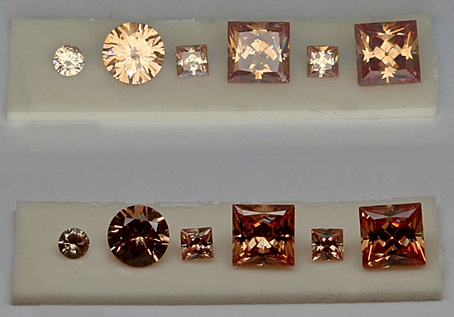 |
| Magna Colorscope light on |
| |
| Figure 1. A set of CZ polished from one
piece of material is picured in the Magna Colorscope light
box. |
| Magna Colorscope light off |
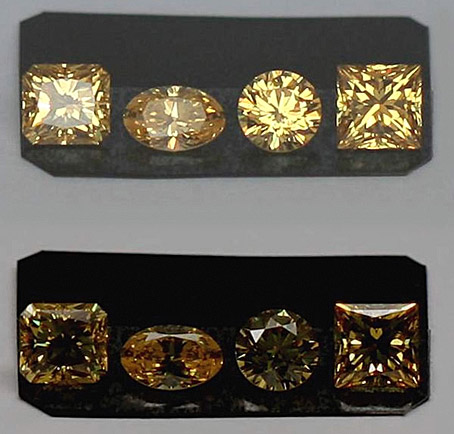 |
| Magna Colorscope light on |
| |
| Figure 2. A CZ set of another color under the same Magna Colorscope illumination. |
The same lighting conditions were modeled in DiamCalc software, and the three-dimensional models of stones were obtained using a noncontact measuring device - Helium Polish scanner developed by OctoNus. A three-dimensional model contains information about cut stone's shape, facet arrangement, real symmtry features, slope and index (azimuth) angles of each facet.
| Magna Colorscope light off |
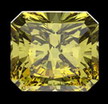 |
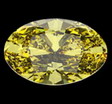 |
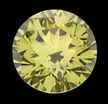 |
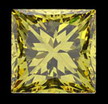 |
| Magna Colorscope light on |
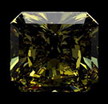 |
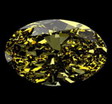 |
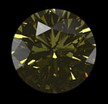 |
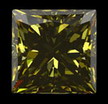 |
| |
| Figure 3. DiamCalc images of polished CZ built on the base of Helium scanned 3D models. The hue of actual stones is much closer to the hue of these images than to the hue of the photos. Top row: Magna Colorscope is off. Bottom row: Magna Colorscope is switched on. The background is modeled black. |
|




















